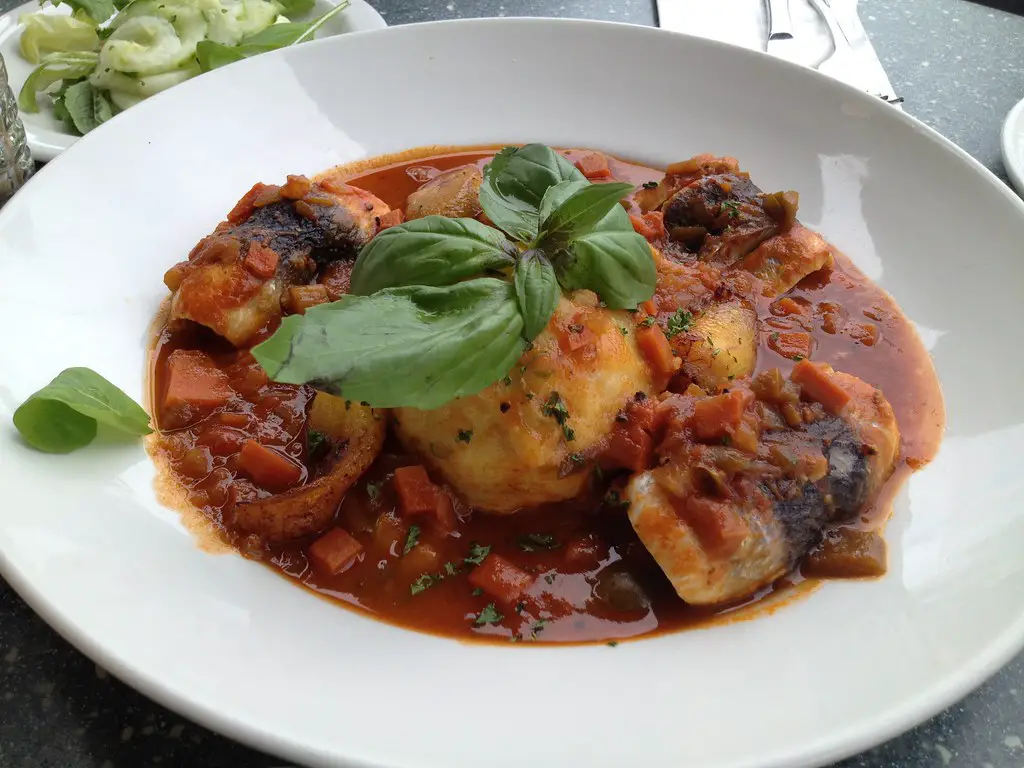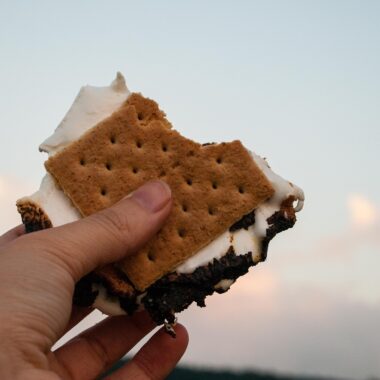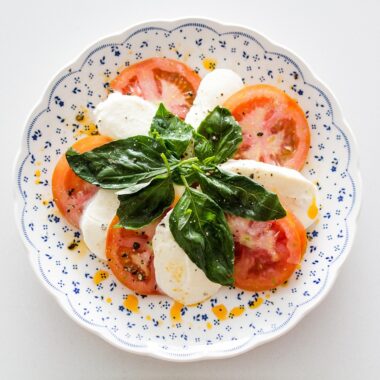Adai dosa is a popular South Indian delicacy that stands out from its more widely known counterpart, the regular dosa. This savory pancake is made from a protein-rich mixture of lentils and rice, making it a nutritious and filling meal. Unlike the typical dosa, which is light and crispy, adai is thicker and has a more robust flavor, thanks to the variety of lentils used. Here’s a step-by-step guide to making adai dosa at home.
Ingredients:
Rice: 1 cup
Toor dal (pigeon peas): 1/4 cup
Chana dal (split chickpeas): 1/4 cup
Urad dal (split black gram): 1/4 cup
Moong dal (split mung beans): 1/4 cup
Red chilies: 3-4, adjust to taste
Asafoetida (hing): A pinch
Curry leaves: 10-12 leaves
Onion: 1 large, finely chopped
Cumin seeds: 1 tsp
Salt: to taste
Water: as needed
Oil: for cooking
Instructions:
Soaking:
Begin by washing the rice and all the dals (lentils) thoroughly under running water. Soak them together in a large bowl with enough water to cover them completely for about 4-6 hours.
Grinding:
Drain the soaked rice and lentils and transfer them to a grinder or a high-power blender. Add the red chilies, asafoetida, and cumin seeds. Grind the mixture into a coarse paste, adding water sparingly. The batter should be thicker than the typical dosa batter.
Mixing:
Transfer the batter to a large mixing bowl. Add the finely chopped onions and curry leaves.
Mix well to incorporate all the ingredients. Allow the batter to sit for about 30 minutes to an hour, letting the flavors meld.
Seasoning:
Just before cooking, add salt to taste and give the batter a good stir.
Cooking:
Heat a non-stick tava or skillet over medium heat. Lightly grease it with oil. Pour a ladleful of the batter onto the hot tava and spread it out slightly thicker than a regular dosa.
Drizzle a little oil around the edges and cook on medium heat until the edges start lifting off the pan and the bottom is golden brown, about 2-3 minutes.
Flip the adai and cook the other side for another 2 minutes until crisp and cooked through.
Serving:
Serve the adai hot, accompanied by coconut chutney, tomato chutney, or avial (a mixed vegetable curry with coconut).
Tips for Perfect Adai Dosa:
Consistency of Batter: The batter should be coarse to give the adai its characteristic texture.
Fermentation: Unlike regular dosa, adai dosa batter does not need to ferment. However, resting the batter for a short period before cooking enhances the flavors.
Variations: You can add grated coconut or finely chopped vegetables like carrot and cabbage to the batter for additional taste and nutrition.
Adai dosa is more than just a breakfast dish; it’s a wholesome meal that can be enjoyed at any time of the day. Its blend of lentils offers a variety of health benefits, including a good dose of protein. Whether you’re a seasoned cook or a beginner, making adai dosa can be a delightful addition to your culinary repertoire. Enjoy this hearty, flavorful dish straight from the heart of South India!
Nutritional Benefits of Adai Dosa
Adai dosa is not only delicious but also packed with nutritional benefits, making it an excellent choice for health-conscious individuals. Here are some of the key nutritional highlights of adai dosa:
High in Protein: The combination of various lentils like toor dal, chana dal, urad dal, and moong dal makes adai dosa a high-protein meal, which is essential for muscle repair and growth.
Rich in Fiber: Lentils and rice provide a good amount of dietary fiber, which helps in digestion and regular bowel movements. Fiber also aids in maintaining a healthy weight by keeping you fuller for longer periods.
Provides Vital Minerals and Vitamins: Lentils are a great source of essential nutrients like iron, folic acid, magnesium, potassium, and B vitamins, which are crucial for various body functions including energy production and brain health.
Low in Fat: Adai dosa is relatively low in fat, especially when cooked with minimal oil on a non-stick pan. This makes it a suitable option for those looking to maintain a low-fat diet.
Antioxidant Properties: The ingredients like red chilies and asafoetida not only enhance the flavor but also bring antioxidant properties to the dish, protecting the body against free radical damage.
Serving Suggestions
While adai dosa can be enjoyed on its own or with chutneys, here are some additional serving suggestions to enhance its flavor and nutritional value:
Avial: Pairing adai with avial, a coconut-based vegetable curry, provides a rich intake of vegetables, making the meal more balanced and nutritious.
Jaggery: In some regions, adai is traditionally served with a piece of jaggery on the side.
Jaggery is a natural sweetener that also offers health benefits such as aiding digestion and providing a quick energy boost.
Butter or Ghee: For a richer taste, you can add a small dollop of butter or ghee on top of the hot adai right before serving. This not only enhances the flavor but also adds to the calorie intake for those looking for a more energy-dense meal.
Variations to Try
Adai dosa offers room for creativity and can be adapted based on dietary preferences and available ingredients:
Multi-grain Adai: For an even more nutritious variant, you can include other grains like quinoa or barley in the batter.
Spicy Green Adai: Add a handful of chopped spinach or coriander leaves and green chilies to the batter for a green, spicy twist.
Sweet Adai: For a sweet version, reduce the amount of salt and add grated coconut and jaggery into the batter. This variation can serve as a delightful dessert or a snack.
Adai dosa is a versatile dish that fits well into any meal plan. Whether you’re looking for a hearty breakfast, a satisfying lunch, or a light dinner, adai dosa adapts easily to suit your dietary needs and taste preferences. Try this fantastic recipe and bring a piece of South Indian culinary heritage into your kitchen. Enjoy the wholesome goodness of adai dosa any day!


















